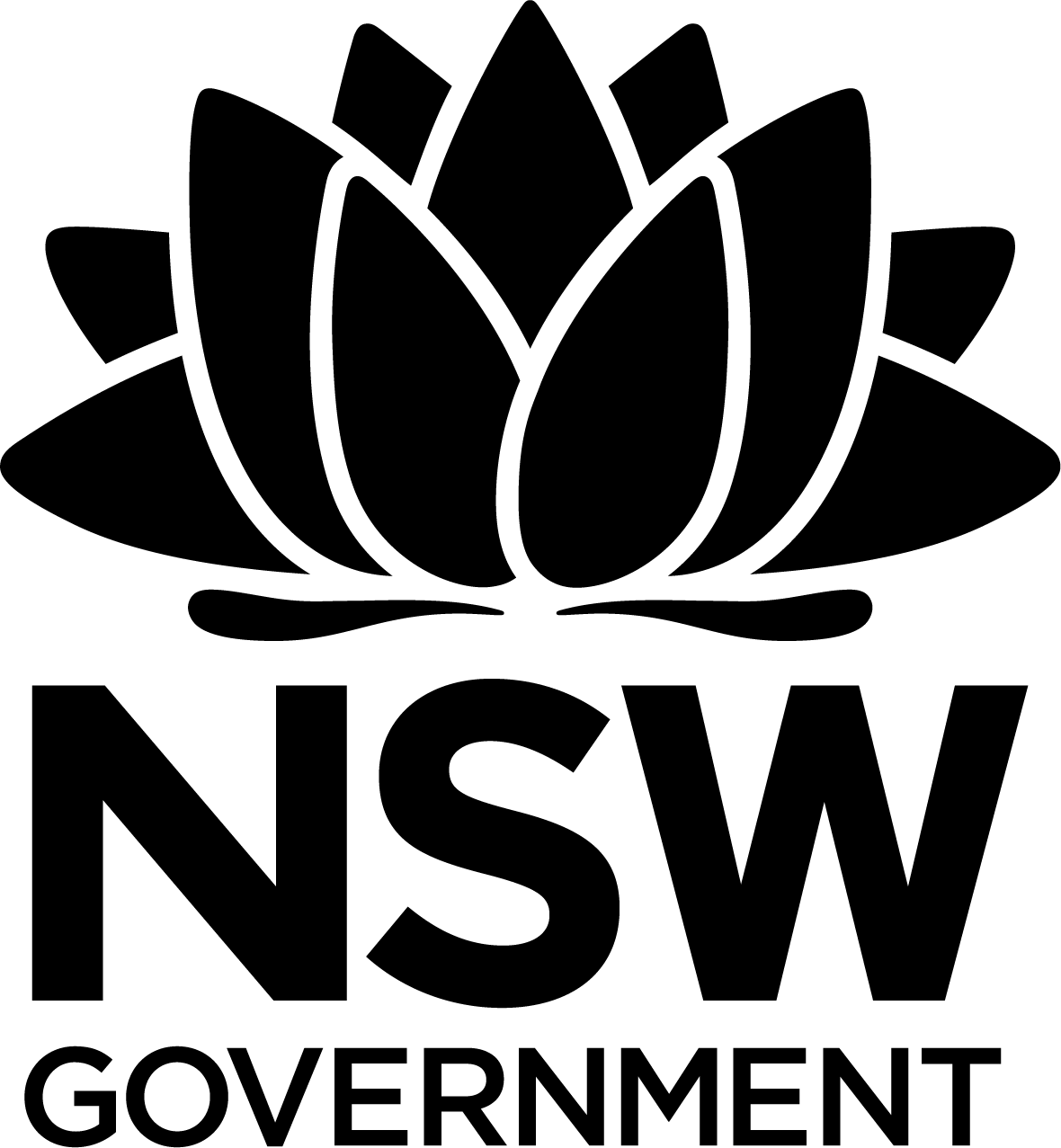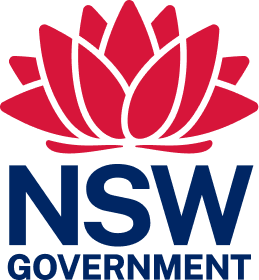
Crown land manager resource
Procurement
Purchasing goods and services is an ongoing activity for many Crown land managers (CLMs). Whether it is undertaking necessary repairs, engaging a cleaning contractor or planning for a new development, it is important that procurement processes are transparent, accountable and documented.
Inappropriate or misuse of any CLM funds, such as grants or revenue can result in action against the CLM and/or individuals (such as board members, employees and volunteers) which could include removal from position or legal action.
CLMs funds are public money and the CLMs are wholly accountable for the relevant funds under their control. To help ensure compliance and best practice, the department’s CLM Procurement Code of Conduct details the principles and behaviours that CLMs must follow.
Category 1 non-council CLMs
Category 1 non-council CLMs are to use the Buy NSW website for their procurement requirements.
Category 2 non-council CLMs
The information below outlines key procurement guidelines for Category 2 non-council CLMs. These are aligned to NSW Government procurement policies. For further advice on procurement contact the department. Information is also available on the Buy NSW website.
Procurement - getting started
CLM procurement processes should aim to engage a supplier that offers the best value for money. This is not necessarily the same as selecting the cheapest supplier. When making procurement decisions you should take into account things such as:
- price
- degree to which the goods or services being provided match your needs
- whether the supplier has the skills to do the work
- supplier availability to do the work when needed
- any trade references they provide or their experience in completing similar work.
All potential suppliers must be treated with impartiality and fairness and given equal access to information and opportunities to submit proposals. You will need to sufficiently document your procurement process so that you can demonstrate why you selected a particular supplier. Detailed minutes during CLM meetings should be taken to ensure the procurement process is followed and details of the process is transparent and freely available for CLM board members and during an audit process.
Procurement methodology
The procurement method you use will depend on the value of the activity in your project to be completed. Note that certain projects may have different activities within it. Some projects will only have one activity while others may have multiple activities. Project activities will generally align with the different types of quotes you are receiving.
For example, a hall upgrade may require the services of both an electrician and a plumber. If you are engaging the two professionals directly (receiving quotes from both), then these project components would be two different activity elements. If you are engaging a builder to project manage the above project and the electrician and the plumber are subcontracted by the builder, then the builders quote for the whole project will be just one activity element.
Purchasing thresholds
Activities $30,000 or less: at least one quote
For activities valued $30,000 or less, you have to obtain at least one written quote for each activity element of the project.
Activities greater than $30,000, but less than or equal to $150,000: at least 3 quotes
For activities valued over $30,000 and up to $150,000, you need to obtain at least three written quotes for each of these high-value project activity elements.
If you are in a rural area and are unable to obtain the required amount of quotes this must be documented in the minutes of the board meeting. All efforts need to be exhausted to obtain the quotes and the board minutes need to show this. Due to lower populations in rural areas there is an increased possibility the supplier will be known to a CLM board member. If there is a conflict of interest, this must be noted in the minutes of the board meeting and that member must exclude themselves from the decision process.
Activities over $150,000: public tender process
For each activity element over $150,000 you are required to put the work out to public tender. As a minimum, the public tender process must include the following steps:
- Form a tender evaluation committee (TEC). The TEC, comprising at least two people (preferably three), is responsible for managing the tender process, assessing the received quotes, and selecting the successful supplier. Each TEC member must sign the Declaration of Interest form.
- Publish an advertisement notifying the public that you’re seeking quotes for the work. The publication should be sufficiently broad to reach a reasonable number of potential suppliers, for example a local newspaper. You may also wish to place a notification on your website if you have one. Refer to the Preparing a tender advertisement guide for suggested advertisement wording.
- Allow an adequate amount of time for potential suppliers to respond—at least two weeks from the date of publication. Quotes should be sent to a designated person (for example, the CLM secretary). This person should not review any of the quotes until they are assessed by all TEC members (see below).
- Each potential supplier must be given the same information about the project.
- You should not accept late quotes. In exceptional circumstances the TEC may grant a short extension as long as the reasons are documented and permission is given in writing prior to the original deadline.
- This step only applies if insufficient responses are received to your advertisement.
If you receive less than three quotes in response to your advertisement, the TEC should authorise a designated person to contact a number of potential suppliers directly for quotes (with a new shared deadline). a. The process must be managed equitably as per the sub points at step 3.
- Assess all the received quotes (there must be at least three). The TEC should meet on an agreed date, review their respective Declaration of Interest forms and then determine their criteria for what will constitute ‘best value for money’ (see above). Members may then review the quotes and select the one that represents the best value for money.
- Typically, each quote will be given a score (out of 10, for instance) for each criterion, with the highest overall score normally being the one chosen.
- The criteria, scores and other factors relevant to the TEC’s assessments must be documented and signed by all members.
- A person designated by the TEC should notify the successful and unsuccessful suppliers in writing of the outcome.
- The decision about which supplier to use on your project should be made by more than one person from the TEC. All decision makers must apply the guidance of the Procurement Code of Conduct, including signing the Declaration of Interest form, and document their processes and the reasons for selecting their preferred supplier. All decisions must be included in the CLMs board meetings detailing all the actions taken during the procurement process.
Procurement documentation
The types of records you must retain, and be able to present for audit, include:
- communications with potential suppliers, e.g. emails, records of phone conversations
- quotes (and any advice from suppliers not wanting to quote)
- signed Declaration of Interest form
- copies of advertisements and/or web page notices (including date of publication)
- justification for directly approaching a supplier for an additional quote
- the methodology and criteria used and how it led to choosing the preferred supplier
- communications with the successful and unsuccessful suppliers
- contracts with the suppliers
- before, during and after construction photos.
Contract management
After a supplier has been appointed to undertake a task/project, it is important to ensure the terms of the agreement between parties are adhered to. For simple tasks such as a basic repair, this should be straightforward, such as complying to payment terms and agreed dates to complete the task.
For more complex projects, such as construction of a new dwelling, more formal contract management should be undertaken. The TEC should elect a project manager who will be the point of contact for the supplier. This will help resolve issues such as gaining access to the site or access to power. For a development, the project manager needs to ensure that the supplier meets all its requirements set out in the building contract. Progress payments should only be made when project milestones are achieved. A request for photos or personal inspections to view completed works should be done before progress payments are made. All payments to suppliers need to be approved by two people from the TEC.
Procurement from Aboriginal owned businesses
CLMs are encouraged to consider Aboriginal owned businesses for procurement activities. The NSW Government Aboriginal Procurement Policy aims to support Aboriginal skills and economic participation. Visit the Supply Nation website for a directory of Aboriginal owned businesses.
Engaging commercial suppliers
The department can provide guidance to Crown land managers on procurement activities. The department will maintain impartiality regarding third-party suppliers and will not promote or endorse goods or services provided by commercial businesses.
Contact us if you need assistance with procurement
This Crown land manager web resource was printed on 27 Jul 2024. The information contained in this web resource is based on knowledge and understanding at the time of writing Jul 2024. However, because of advances in knowledge, users are reminded of the need to ensure that the information upon which they rely is up to date and to check the currency of the information by referring to the website (www.reservemanager.nsw.gov.au).
© State of New South Wales through Department of Planning, Industry & Environment 2024.
Page link: https://reservemanager.crownland.nsw.gov.au/administration/procurement


